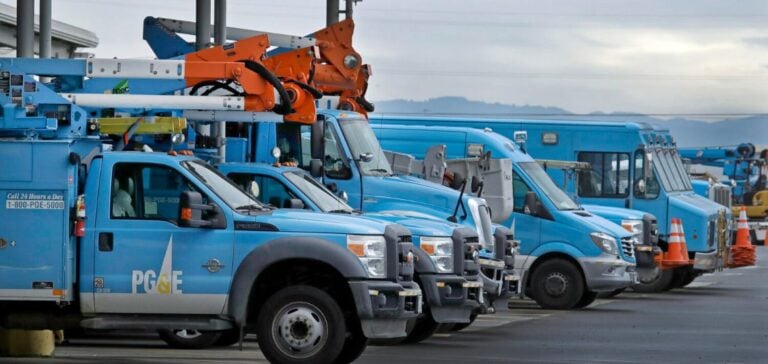The modernization of energy infrastructure has become a strategic priority for the United States. The U.S. Department of Energy (DOE) recently finalized a $15 billion loan for Pacific Gas and Electric (PG&E) to finance a series of innovative projects in California. This financing, granted through the Loan Programs Office (LPO), is part of the Biden-Harris Administration’s ambitious “Investing in America” agenda.
This loan covers a series of projects aimed at strengthening hydropower production, increasing battery energy storage capacity, improving transmission systems, and implementing virtual power plants (VPP). These initiatives are designed to meet the needs of the 16 million customers served by PG&E, increasing grid reliability while reducing energy costs.
Improving hydropower capacities
PG&E plans to refurbish its hydropower facilities, which include 61 plants capable of generating over 3.8 gigawatts (GW) of clean energy. This capacity is sufficient to power approximately four million households. These investments are also expected to stabilize renewable energy sources in California, particularly during peak demand periods.
Expanding battery storage
Energy storage is a central element of this modernization. PG&E has already contracted 4.2 GW of capacity for its battery projects, enabling the optimization of renewable energy integration. These capabilities also aim to increase grid resilience against extreme weather events.
Modernizing transmission systems
The allocated funds include works such as reconductoring power lines, expanding substations, and deploying advanced sensors. These improvements will help anticipate outages and maintain operational continuity, even under unpredictable weather conditions.
Virtual power plants (VPP)
Virtual power plants represent a major innovation. These systems enable bidirectional power flow by integrating small-scale energy production and storage devices, such as home batteries or electric vehicles. PG&E already operates 400 megawatts (MW) of VPP capacity through various customer programs.
Economic and social impact
Beyond energy impacts, these projects will create approximately 3,900 jobs in construction and operations. A portion of the funds is also dedicated to a Community Benefits Plan (CBP) and the expansion of the PowerPathway program. This initiative, developed in partnership with the International Brotherhood of Electrical Workers (IBEW) Local 1245, aims to provide training and professional opportunities for underrepresented groups.
A strengthened commitment
PG&E’s initial loan application, submitted in mid-2023, underscores the strategic importance of these investments. By leveraging the DOE’s financing program, PG&E demonstrates its commitment to adopting a resilient and sustainable energy infrastructure capable of meeting California’s future needs.






















